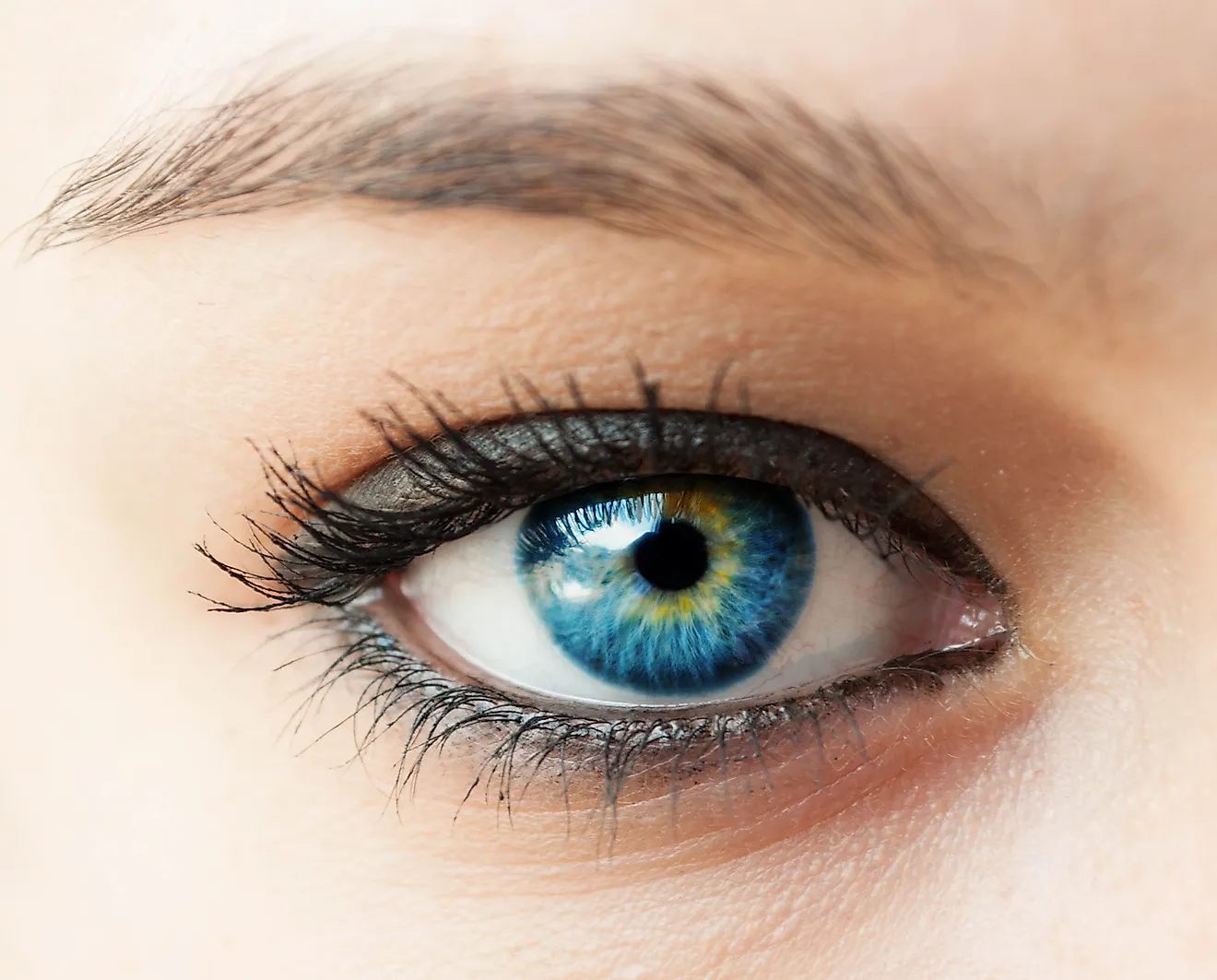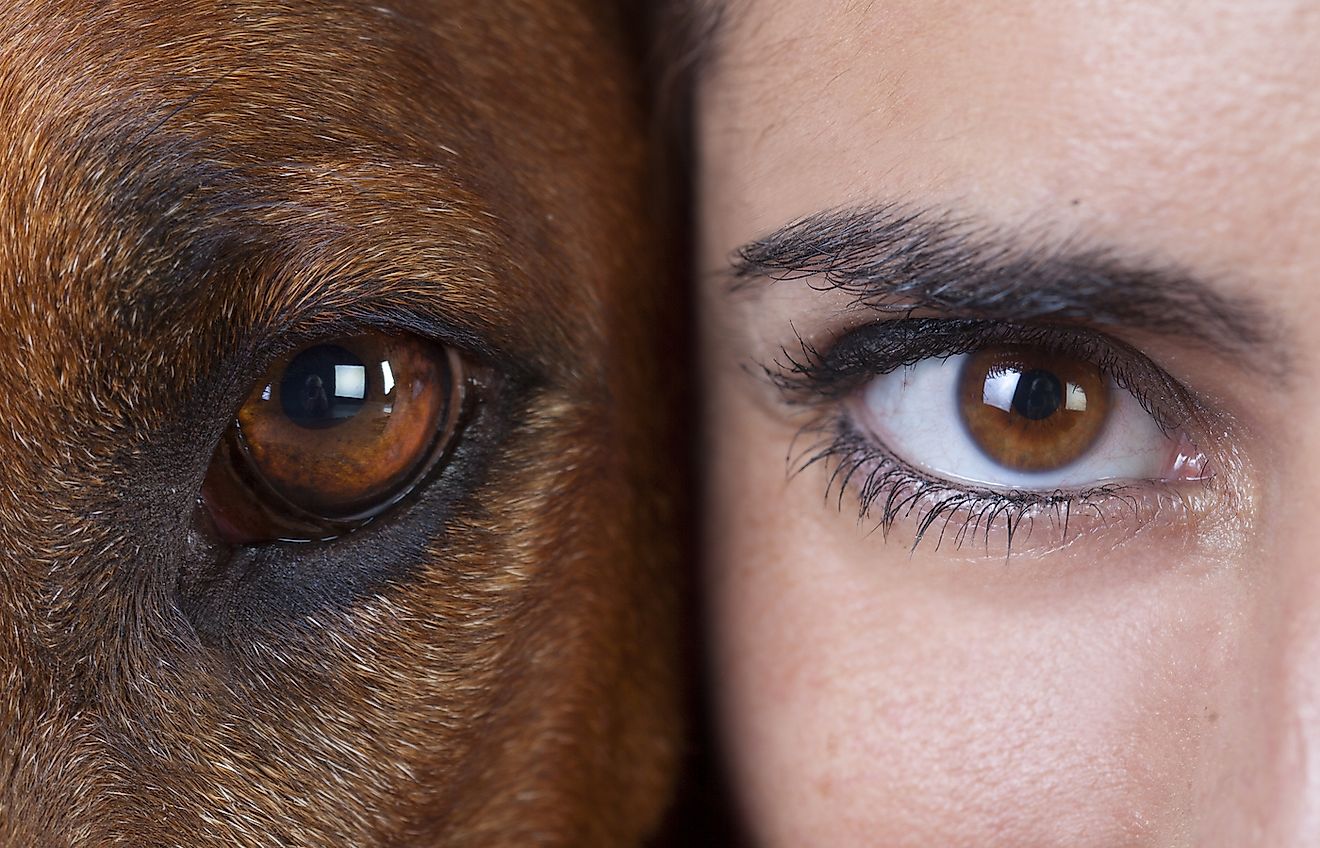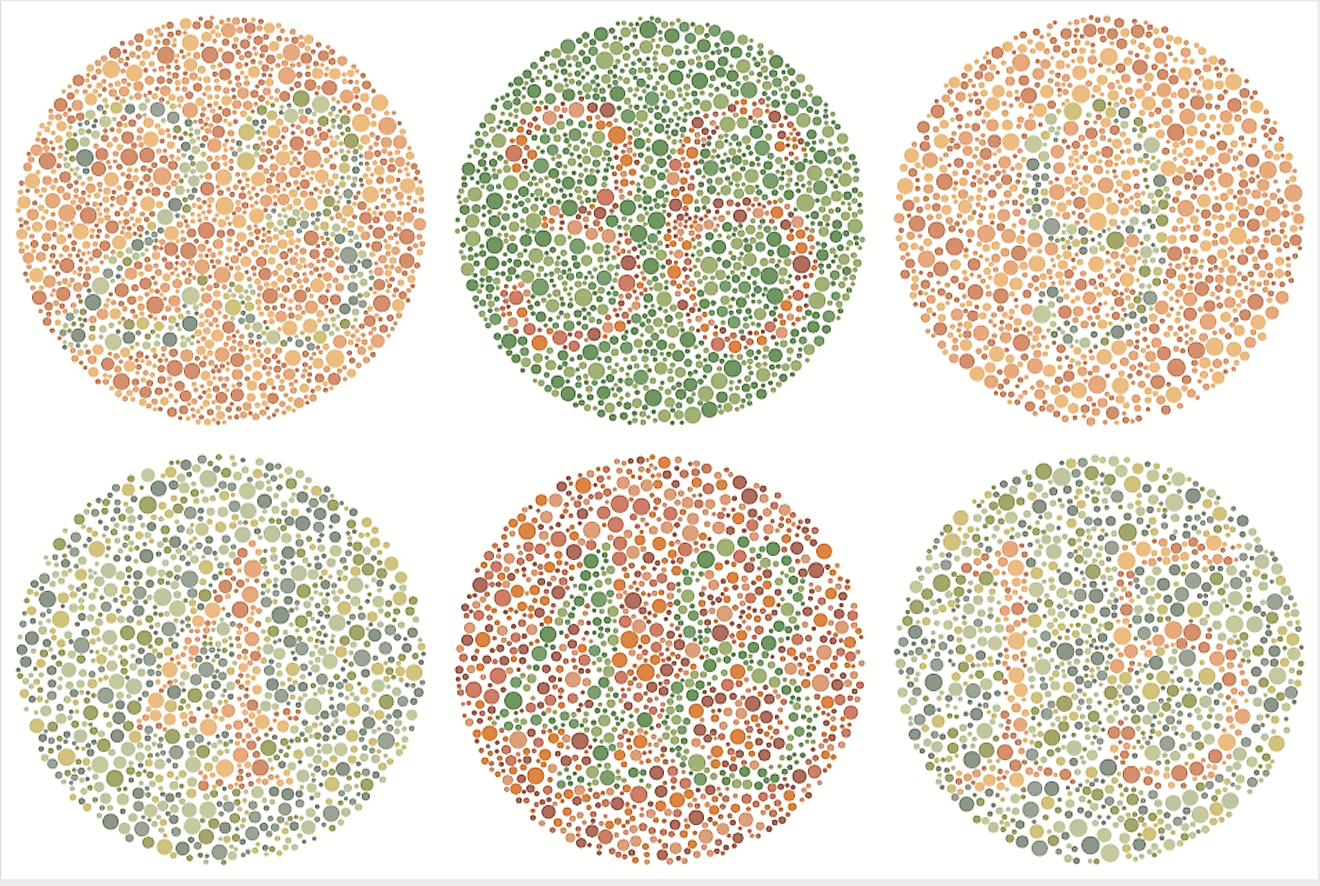Super Fascinating Facts About The Human Eye You Probably Don't Know

- Your eyes perceive the world in millions of colors, but if you are color blind, you have trouble differentiating between red and green.
- The average person is said to blink about 15 to 20 times per minute, meaning that you are blinking for about 10% of all your waking hours.
- About 41% of all Americans have brown eyes, which includes all shades from dark brown to honey colored eyes.
The human eye is an astounding organ. It measures about 1 inch across and only weighs approximately 0.25 ounces, but it provides you with millions of bits of information each second that help you navigate your daily life. Your eyes are specialized organs that take in visual information, and relay it to the brain. In general, these organs are constructed of seven main parts: your cornea, iris, pupil, lens, retina, macula, and your optic nerve. Each part has a specific function, and together along with the six extraocular muscles attached to the white part of your eyes, (the sclera), they allow you to interpret your world.
A majority of people in the world have brown eyes, but human eyes actually come in six different hues: blue, brown, amber, gray, green, hazel, and, surprisingly, red.
Exactly how special and unique are your eyes? Here are ten fascinating things to know about them.
10. It Takes 1/10th of a Second to see Something
Your eyes belong to a type in nature called “camera-type eyes”. Your eyes work when your cornea focuses light onto your retina, which is a light-sensitive membrane. It all happens very quickly. According to researchers at UC Berkeley, you only take about one tenth of a second to “see” something. First, your eyes perceive the image, and then it takes your brain some time to tell you what you are seeing.
Amazingly, your brain also makes predictions. When a baseball pitcher throws a ball, the brain of the batter automatically predicts the path of the moving ball. This happens because your brain does not work in real time. This process takes place in the middle temporal region of your visual cortex in your brain.
9. We Can See About 10 Million Different Colors
Different species can actually see different kinds of light. The human visible spectrum falls somewhere between ultraviolet light and red light, and scientists estimate that we can see far more than the average rainbow presents. When light hits a red balloon, it absorbs the other colors and reflects the red. This light enters your eyes through your corneas, which bend the light to your pupils. Your pupils decide how much light hits the lens of your eye, which then focuses the light on your retina. The rods and cones in your retina send a signal along your optic nerve to your brain, with the information coded regarding what you just saw. Your brain then interprets this information, telling you there is a red balloon in front of you.
8. Your Eyes Stay the Same Size Throughout Your Life (Unlike Your Ears and Nose)
Strangely enough, some of your organs like your ears and nose do not stay the same size once you reach your full height. Your nose and ears actually continue to grow throughout your whole life. This is because these body parts are made from cartilage which continues to divide as you age. Your eyes, however, will always stay the same size after you reach about 19 years of age.
7. You Can Have Surgery to Turn Your Eyes Blue
It sounds strange but it is true: a new non-invasive procedure developed by The Stroma Medical Clinic in California claims it can turn brown eyes to blue. The procedure is still controversial and being tested for safety. It involves using lasers to disrupt a thin layer of pigment on the surface of brown eyes to reveal blue ones, a few weeks later for about $5000 USD.
6. Your Eyes Are the Fastest Muscles in Your Body
When something is deemed to have happened “in the blink of an eye” you know it was really fast. There is a scientific reason behind this: your eyes are so speedy that it only takes you about 100 to 150 milliseconds to blink.
5. An Iris Has 256 Unique Characteristics

Recently, retinal scans have become popular as a way to identify a person. There is a good reason for this. Your fingerprint has about 40 unique characteristics that help make it your own, but the iris in your eye actually has 256 unique attributes. This certainly makes it difficult to confuse you with someone else!
4. You Blink About 4,200,000 Times Per Year
You blink your eyes to lubricate them and to protect them from things like dust in the air and bright lights. When you blink, you coat your eyes in a specific mixture of oils and mucus secretions. The average person is said to blink about 15 to 20 times per minute, meaning that you are blinking for about 10% of all your waking hours.
3. Your Eyes Are Like a Camera But You See With Your Brain
As explained above, your eyes take in images and relay them to your brain. It is your brain that actually tells you what you are seeing, however. Your eyes act like two cameras on your face, taking constant pictures that are relayed to your mind. When someone goes blind, sometimes the muscles and functions of the eyes themselves stop working, and at other times, as it is with some neurological problems like dementia, it is the brain that actually stops “seeing”.
2. You Actually See Things Upside Down

Do you ever feel like your world is turning upside down? If we are going to be technical, it actually is, but perhaps not in the way you mean. It is a fact that the lens in your eye castes an upside down image on your retina. Your brain does not flip this image, but uses something called vestibular correction to get it right, so that you do not see the world upside, even though it may seem so on a bad day.
1. You Are Color Blind at Birth

When a person is color blind, they see green and red as being similar, which can result in varying degrees of color confusion. More males than females are color blind, but all of us are color blind when we are born. Babies only start to develop color vision about a week after they are born. By the time they are six months old, they can see as many colors as an adult.
Your eyes are amazing developments of nature that have evolved over thousands, maybe millions of years to serve you. Did you love that movie you saw yesterday? Did you really enjoy your trip to the local park? You can thank your incredible eyes.











